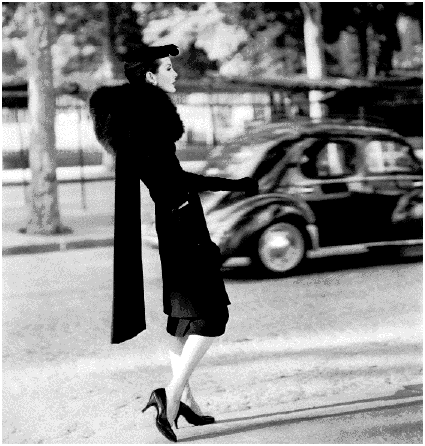The Roots of
Fashion
Too easily dismissed as superfluous "fashion," change is driven by built-in social motors and need not be prompted by outside marketeers. In some realms of changing goods, there are no marketing mechanisms at all. One is the illicit drug industry, a huge part of the world economy as well as a major source of opposition from authorities. Drug use seems to have its own fashion dynamic as various substances gain and lose popularity. Although government efforts do have an effect on price and availability, there seems to be an internal autonomy that determines, for example, that a hallucinogenic like LSD should lose out to Ecstasy among the comparable population segment of a later generation. Similarly, among a different group, the appeal of heroin in the 1950s and '60s gave way to crack in the late 1980s and '90s. All advertising --- "just say no" campaigns --- runs against these substances, yet they rise and fall with little reference to the anti-merchandising efforts, even "war," waged against them.
Similar fads and fashions arise in linguistic patterns, especially among youth, who pick up, disseminate, and then abandon phrases, styles of intonation, and body kinetics in ways that cannot be explained either by commercial exploitation or government activity. Fashion comes from somewhere deep.
--- From Where Stuff Comes From
Harvey Molotch
©2003 Routledge

